Inkenyeleth Tesfaze, 30, is among Ethiopia's lucky mothers: She is one of at least 10% of women to give birth in a health facility and 40% to have routine access to maternal care — key factors in preventing deaths from common pregnancy-related problems.

Tesfaze is 7.5 months pregnant—and feeling good. She had her first child at 28, unlike 50% of Ethiopian women who do so by age 20. Here in the capital, Addis Ababa, she has far better healthcare than the 85% of women in rural areas.
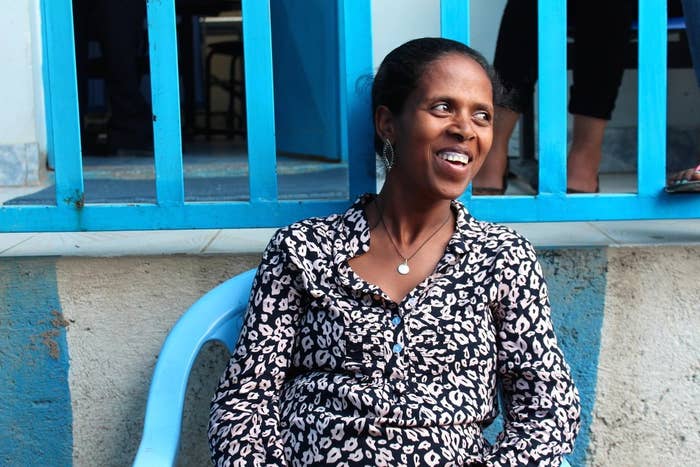
In Ethiopia — an East African country of 90 million — an estimated 1 in 67 women die from pregnancy-related causes, according to Save the Children. The risk is staggering but in context indicates progress: In 2000, the rate of maternal death was 1 in 24.
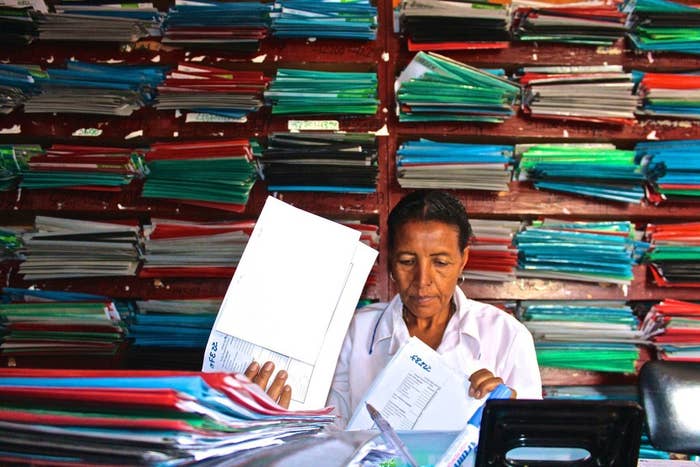
Over the last decade, Ethiopia’s government has made it a political priority to reduce maternal and newborn deaths by expanding health and family planning services across Ethiopia’s diverse — and largely rural and impoverished — population.
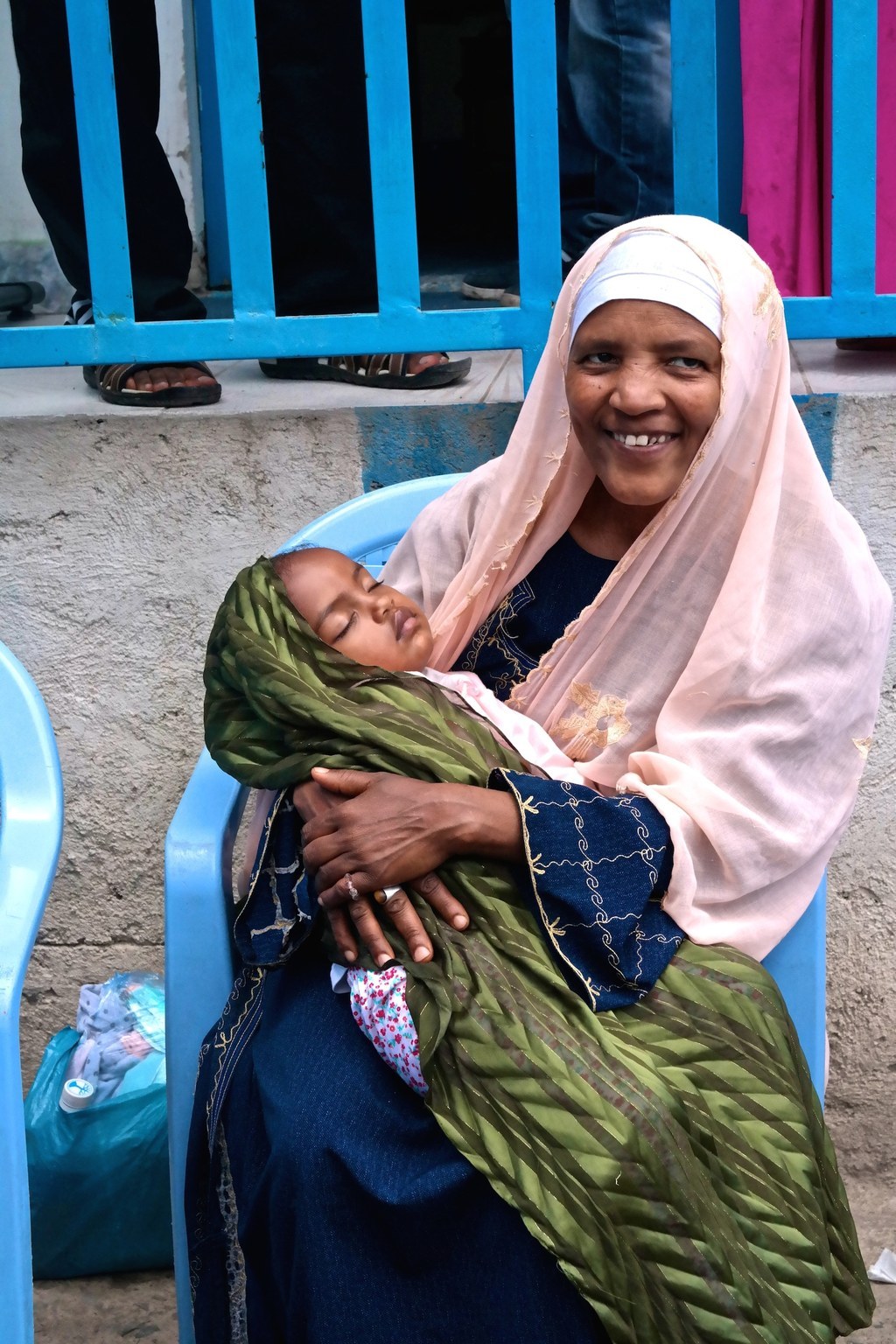
The push has been part of Ethiopia’s efforts to achieve the eight UN Millennium Development Goals — two of which include reducing child and maternal mortality — by 2015. In exchange, groups like the World Bank have agreed to cancel Ethiopia's debt.
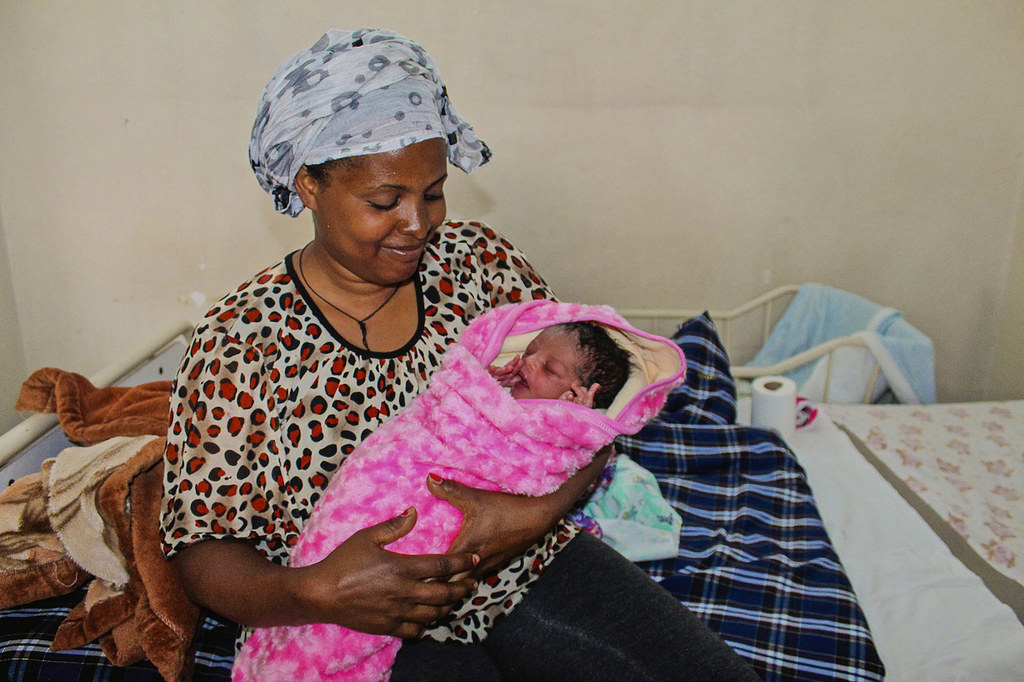
There have been successes: Between 2008 and 2011, Ethiopia’s fertility rate fell from 5.5 to 4.8, the number of married women using contraception rose from 8 to 29%, and the rate of women receiving skilled assistance during delivery rose from 6 to 10%.
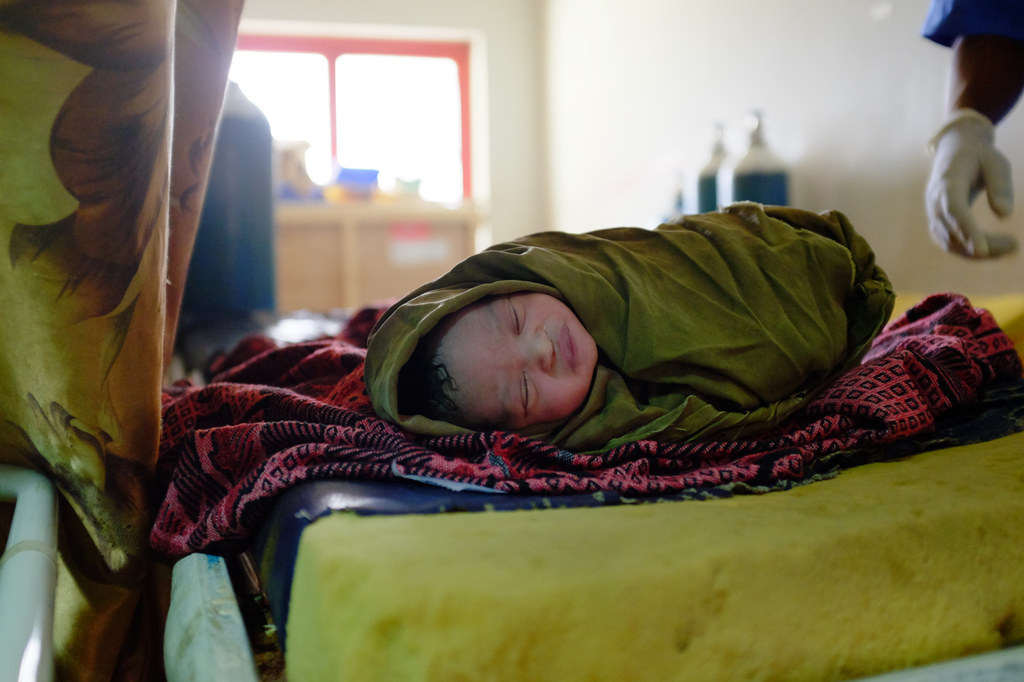
But with a highly repressive government that is quick to crack down on criticism, the fight to stop Ethiopia’s mothers from dying from preventable problems is complicated by restraints on basic rights to expression and access to information.
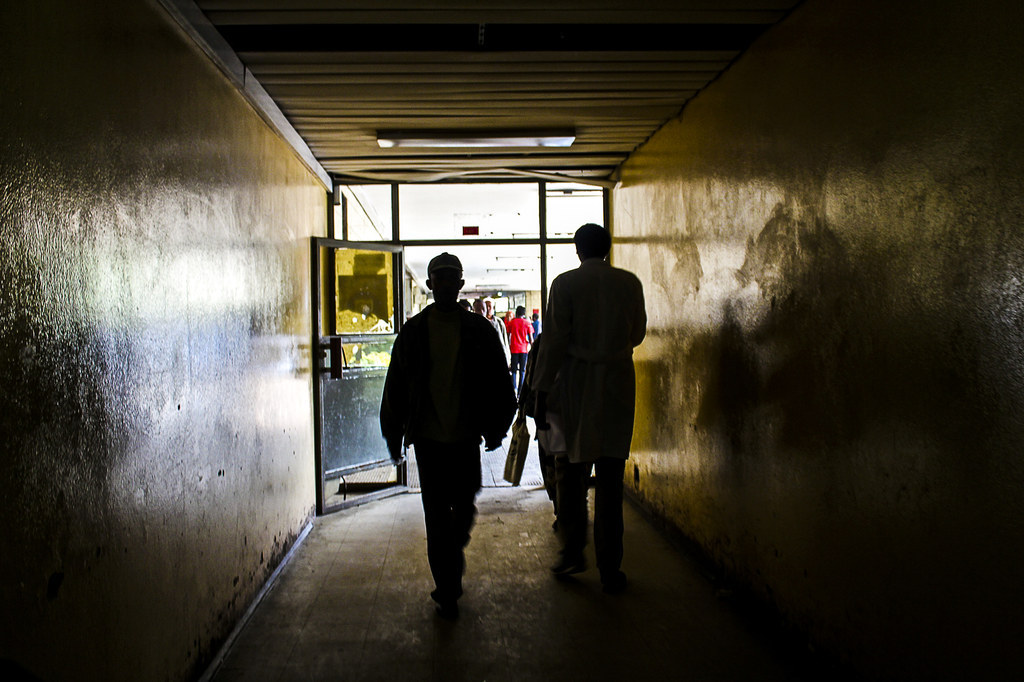
The political taboos of discussing reproductive rights and accessing information are further compounded by daily difficulties, like poor roads and infrastructure, limited education opportunities, and cultural and religious norms that disempower women.
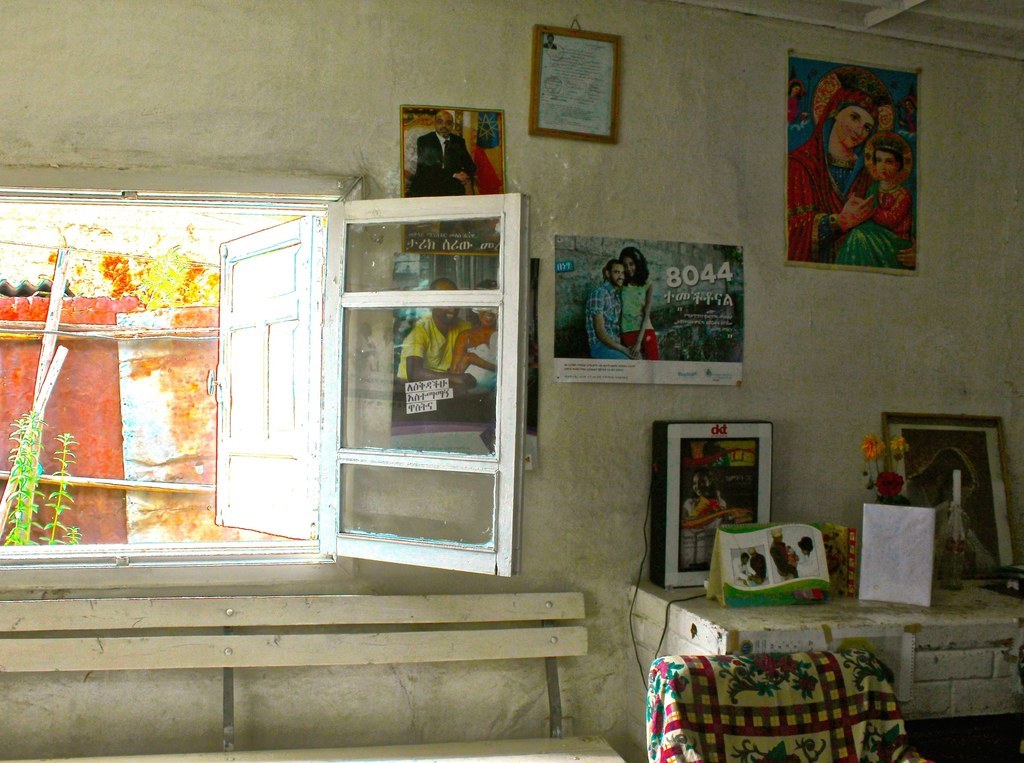
In 2003, the Ethiopian government began to roll out an ambitious "Health Extension" program to expand health care to the majority of Ethiopians living in rural areas as part of its efforts to reduce rates of maternal deaths.
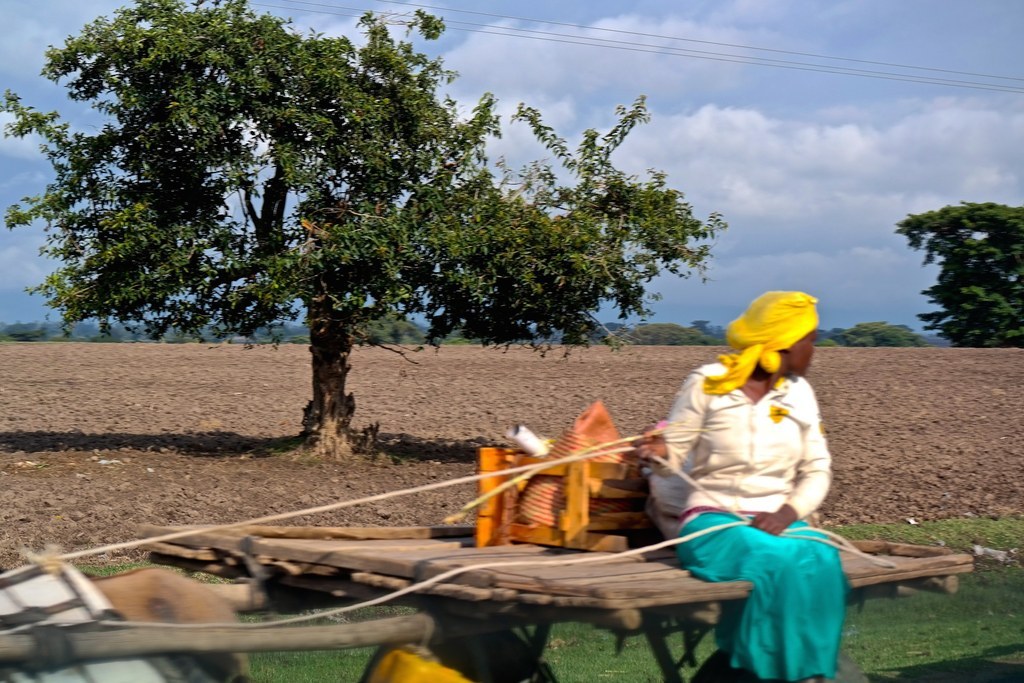
Over the last decade, the government has built over 15,000 health posts, like this one in rural Amhara in the north, and hired 34,000 health extension workers (HEW) in rural areas. The plan is to have two HEWs and one post for every 5,000 people.
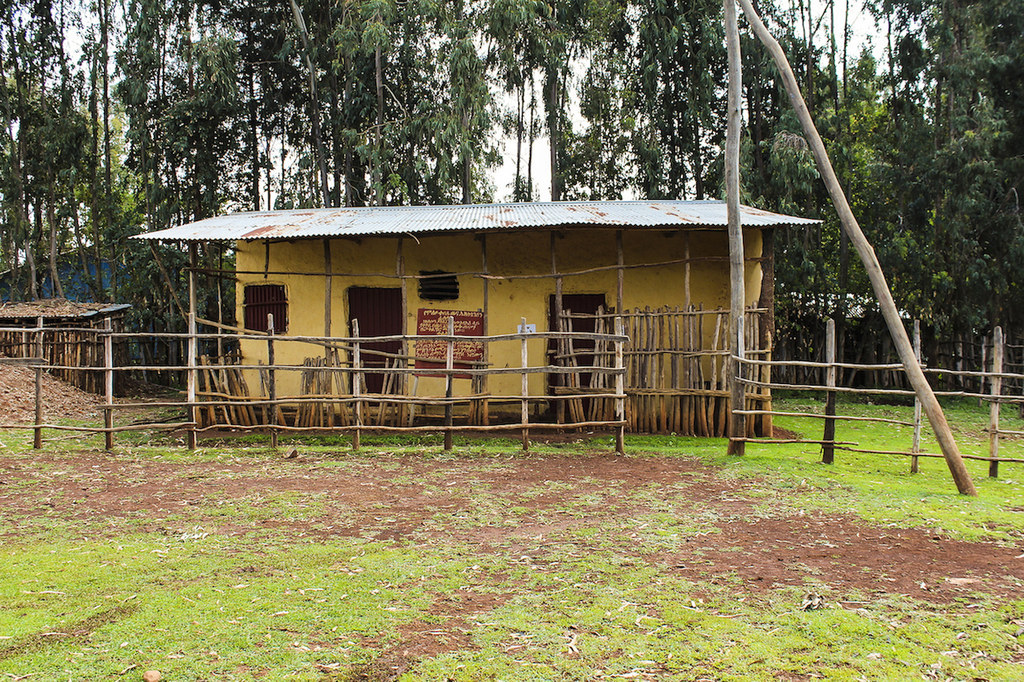
Fasika Menge and Tiringo Alamerwu are HEWs in Mosebo, a small village 26 miles from Bahir Dar in the north. They split their day between serving patients in the post and conducting house-to-house visits and consultations.

Fasika and Tiringo have seen immense strides in local health over the years; still, Fasika said her saddest moments were when she talked with a woman about giving birth in a health facility — and in the end gave birth at home, where risks are higher.
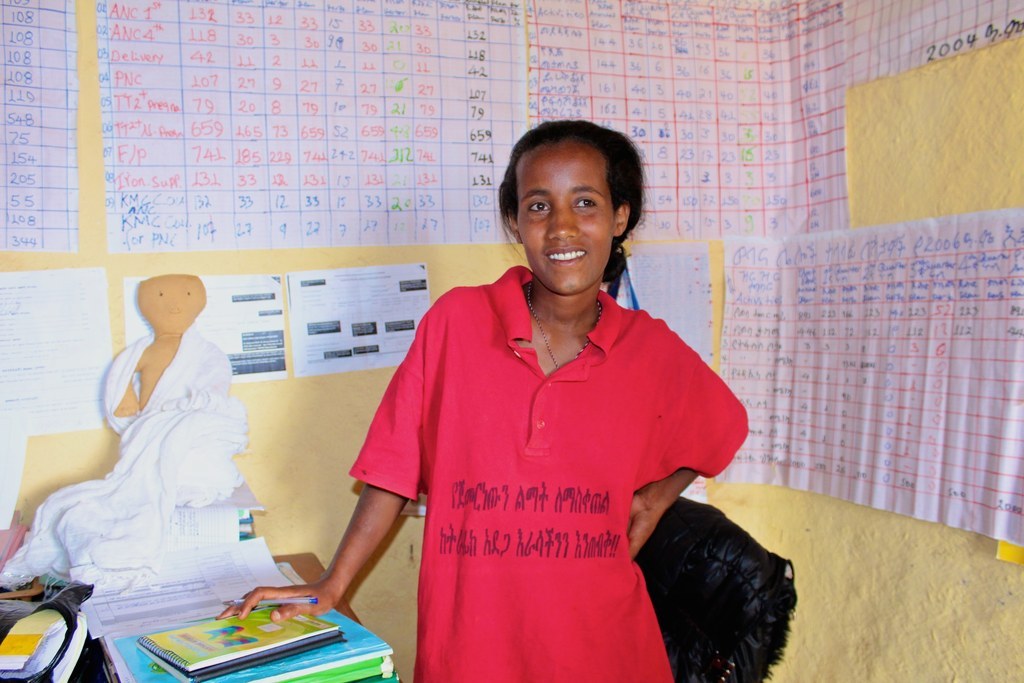
As part of the plan, the government has also built 3,500 health centers, like this one in Hawassa, in Ethiopia's southern region. The health centers serve five health posts and provide more specialized care, such as birthing services and safe abortions.

Zebiba Shikur, 21, is a midwife at the Hawassa health center. In nearby villages, she sees many cases of child brides; they often come to clinics only after starting to deliver and facing complications, too scared or far away to seek health care earlier.
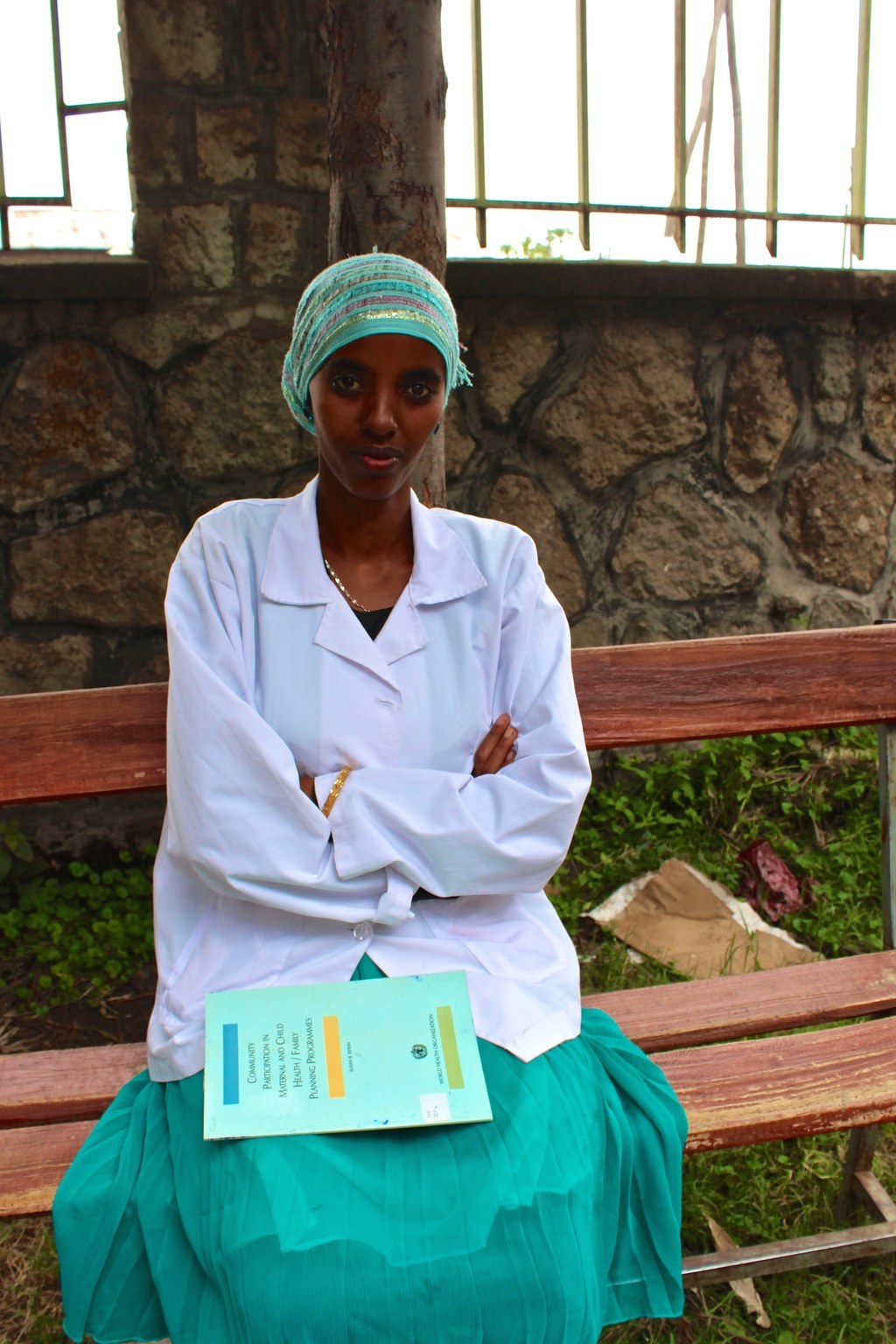
Women with serious birthing complications are often referred to hospitals from health posts and clinics; others who are luckier go to the hospital straight away. Ethiopia has 130 hospitals and the government plans to add 185 more by 2015.
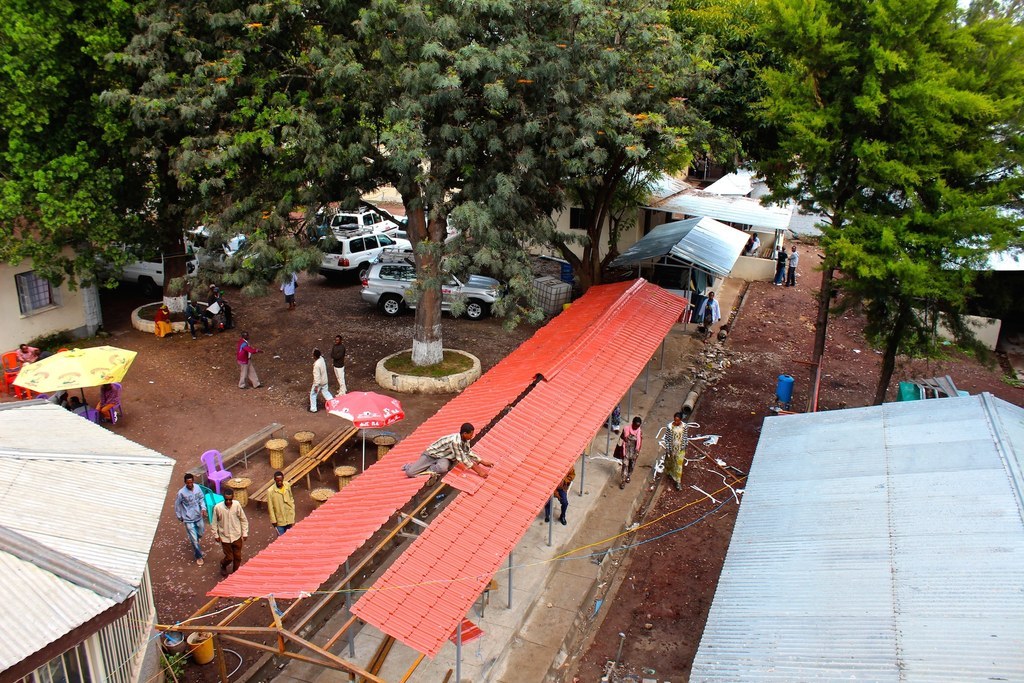
At Black Lions neonatal intensive care unit (NICU), nurses are overwhelmed and under resourced — and often worried they'll run out of beds. The head nurse grabbed this reporter's notebook and began to list all the equipment needed to better save lives.
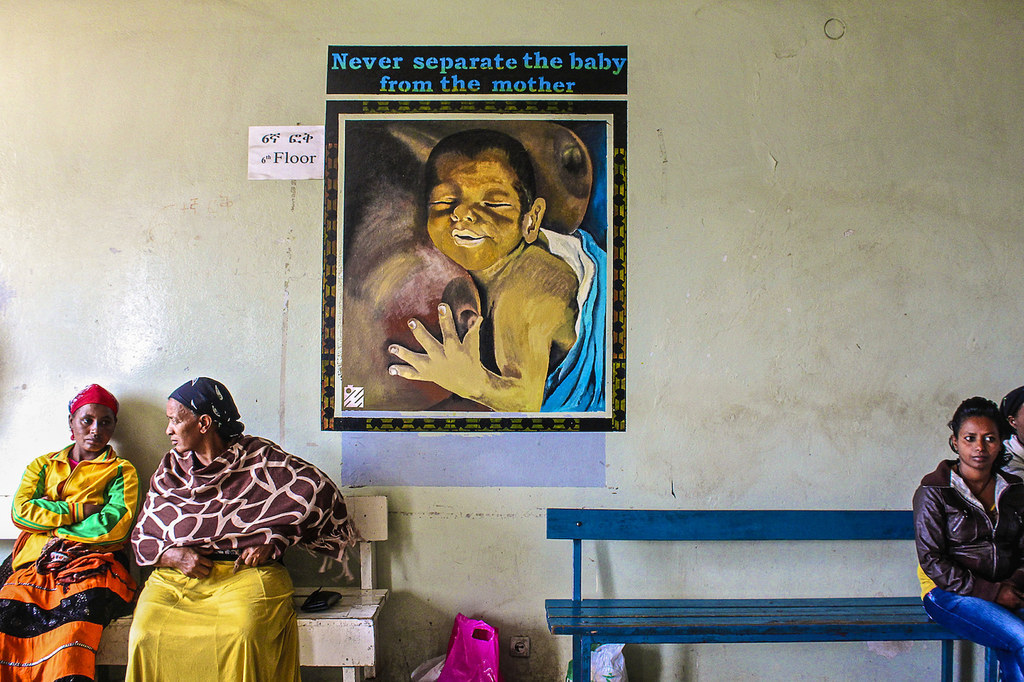
There are currently about 8.4 physicians, nurses, and midwives for every 10,000 Ethiopians, with higher rates in urban areas. In Ethiopia, the government assigns what profession people study — and is increasing quotas for health related sectors.
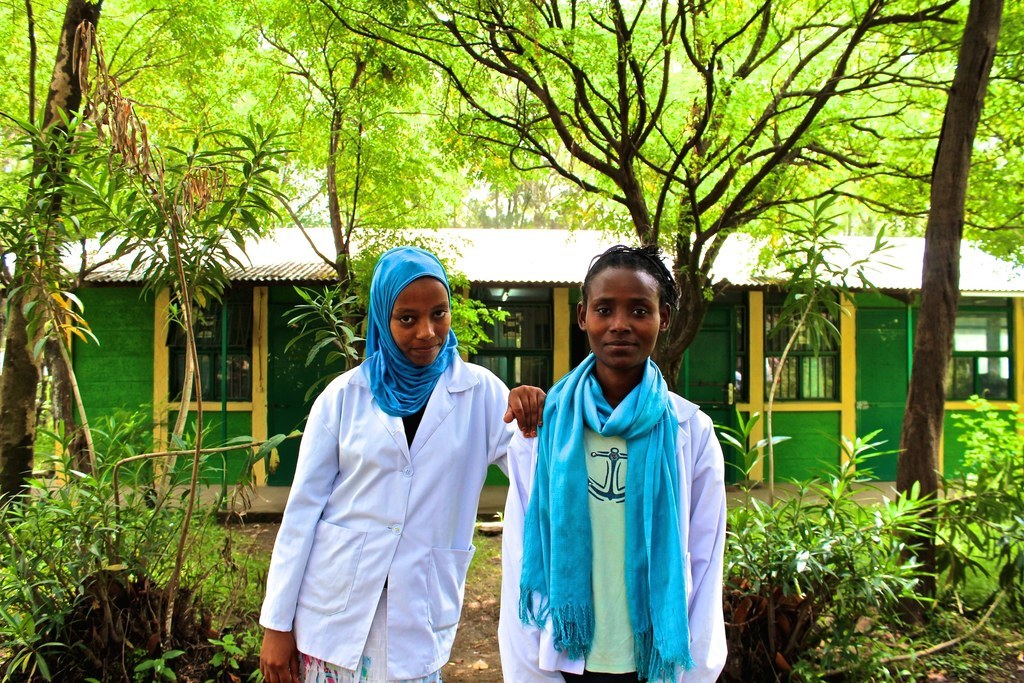
As part of the health extension, the government is also emphasizing family planning — and urging women to use contraception. From rural health posts to public clinics in cities, more and more women now use contraception to space and limit pregnancies.
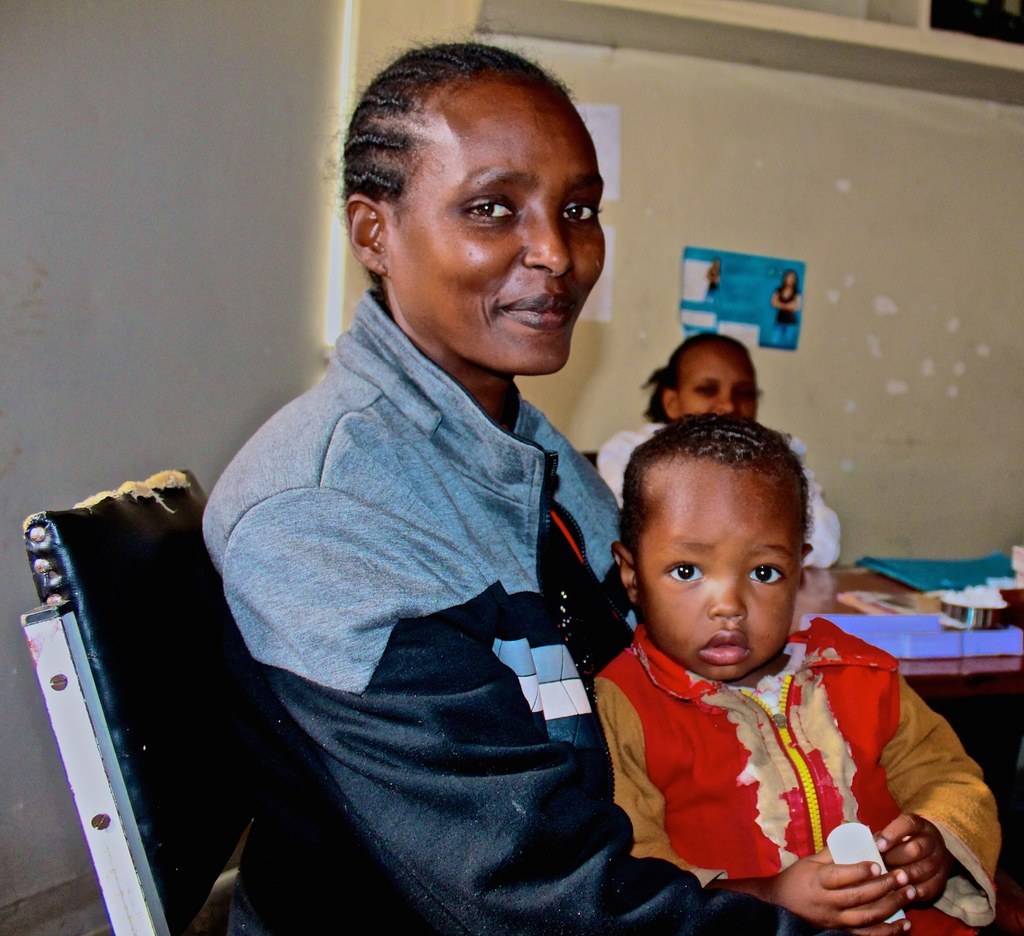
In 2005, Ethiopia legalized abortions in cases of rape, incest, physical or psychological harm, and girls under 18. Nurses say previously staggering rates of complications from illegal abortions have plummeted — but abortion stigma and problems remain.
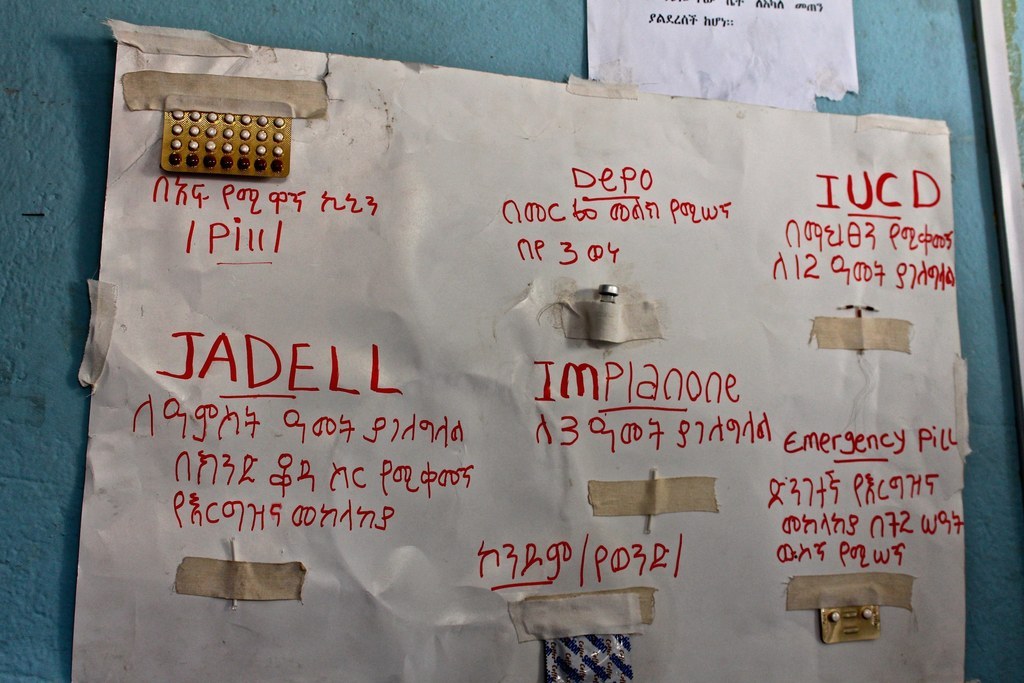
Tikdim Yohannes, 20, is now among the lucky mothers. She rests beside her husband and firstborn. She gave birth two days ago at this hospital in Hawassa. Bleeding was heavy, so she stayed two nights. Now she and her new daughter are feeling stronger.
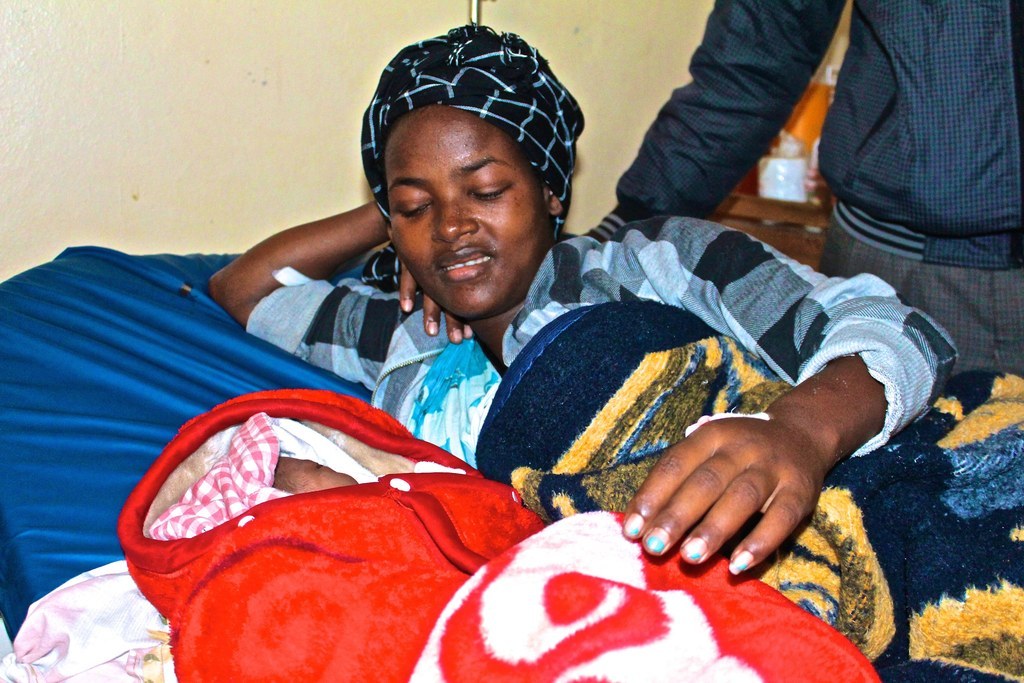
Miriam Berger was reporting from Ethiopia as a fellow with the International Reporting Project (IRP).
